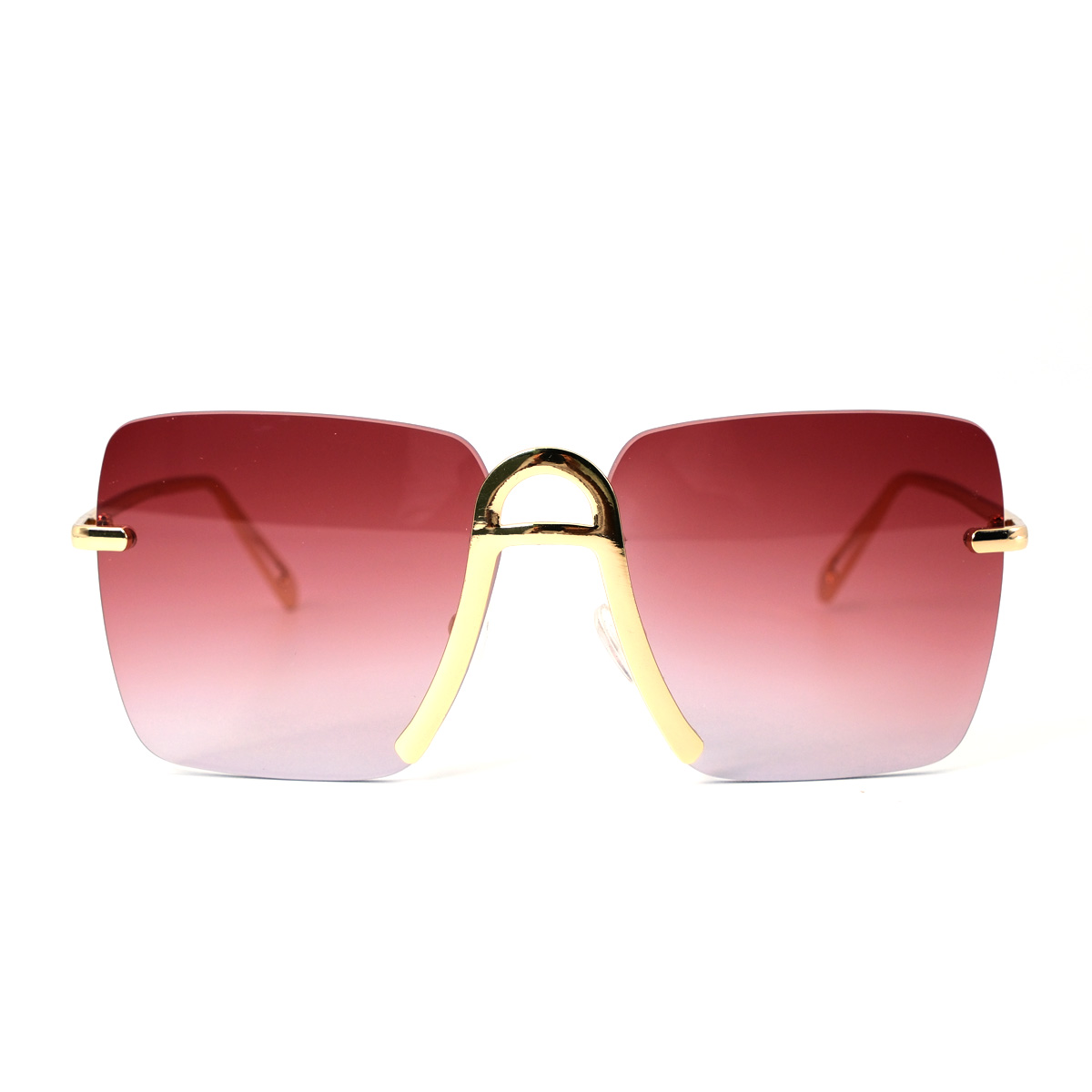What are the functions of photochromic lenses and polarized lenses?
Eyewear technology has advanced significantly over the years, offering a range of specialized lenses to improve vision and protect our eyes in different environments. Two popular types of lenses are photochromic lenses and polarized lenses. In this article, we will explore the functions and benefits of both photochromic and polarized lenses, shedding light on their distinctive features, applications, and how they enhance visual comfort and clarity.
1. Photochromic Lenses:
Photochromic lenses, also known as transition lenses, are designed to adapt to changing light conditions. These lenses contain special molecules that react to ultraviolet (UV) light, causing the lenses to darken in bright sunlight and lighten indoors or in low-light conditions. The key functions of photochromic lenses include:
a. Light Adaptation: The primary function of photochromic lenses is to automatically adjust their tint level in response to varying light conditions. When exposed to UV light, the lenses darken, providing protection against bright sunlight. In indoor or low-light environments, the lenses quickly return to a clear state, ensuring optimal vision and comfort.

b. UV Protection: Photochromic lenses offer built-in UV protection, shielding the eyes from harmful ultraviolet rays. By darkening in bright conditions, these lenses effectively reduce the amount of UV light reaching the eyes, minimizing the risk of eye damage and fatigue associated with prolonged exposure to the sun.
c. Convenience: Photochromic lenses eliminate the need for carrying multiple pairs of eyewear. They seamlessly adapt to changing light conditions, allowing wearers to transition between indoor and outdoor environments without the hassle of switching glasses.
1. Polarized Lenses:
Polarized lenses are designed to reduce glare and enhance visual clarity, particularly in bright and reflective environments. These lenses contain a special filter that blocks horizontal light waves, which are responsible for glare. The key functions of polarized lenses include:
a. Glare Reduction: Polarized lenses effectively block reflected light, reducing glare from surfaces such as water, snow, glass, and shiny objects. By filtering out horizontal light waves, these lenses enhance visual comfort, minimize eye strain, and improve overall clarity of vision, especially in outdoor activities like driving, fishing, skiing, and water sports.
b. Enhanced Contrast and Clarity: Polarized lenses enhance contrast and depth perception by reducing scattered light. They provide sharper vision and better color perception, making objects and details appear more vivid and defined. This feature is particularly beneficial in activities that require precise visual judgment and accurate color recognition.
c. UV Protection: Similar to photochromic lenses, polarized lenses offer UV protection, shielding the eyes from harmful UV rays. The polarized filter not only reduces glare but also blocks a significant amount of UV radiation, ensuring comprehensive eye protection in bright outdoor conditions.
Conclusion:
Photochromic lenses and polarized lenses serve distinct functions and offer unique benefits for eyewear users. Photochromic lenses provide light adaptation, UV protection, and convenient transitions between different lighting environments. On the other hand, polarized lenses effectively reduce glare, enhance visual clarity, and provide UV protection, making them ideal for activities in bright and reflective conditions. When selecting eyewear, consider the specific needs of your lifestyle and environments in which you will be using them. Consulting with an eyewear professional can help you make an informed decision and ensure that your chosen lenses, whether photochromic or polarized, deliver the desired visual comfort, clarity, and eye protection.
